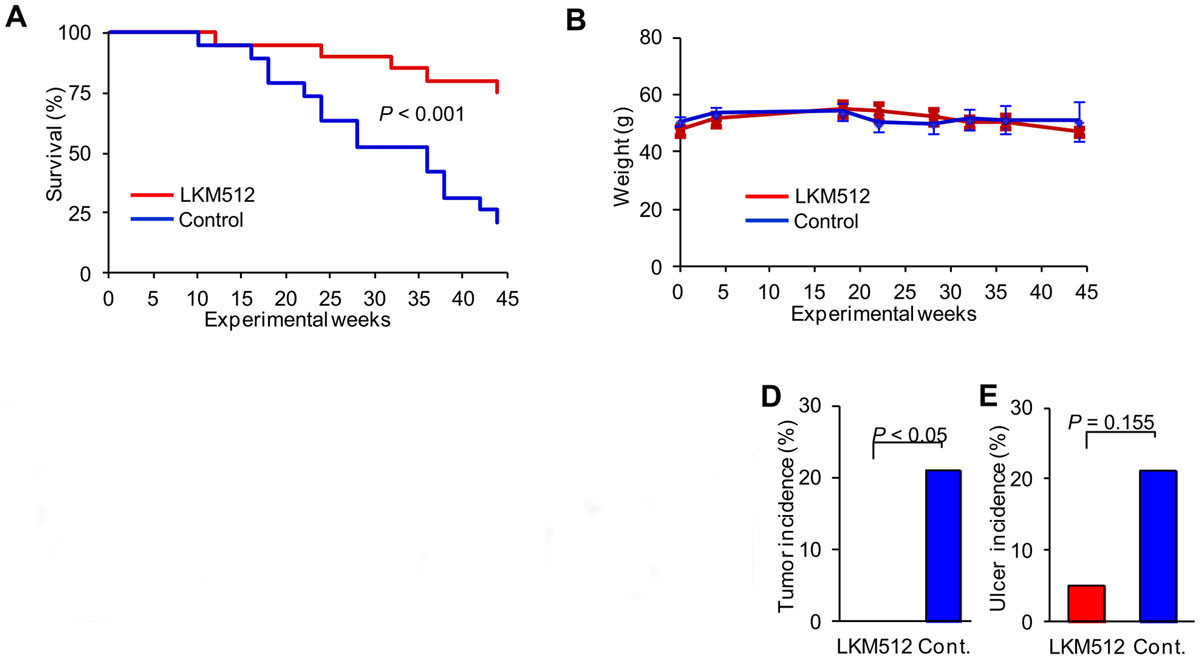Mammals, likewise humans, dogs and cats, consist of 10 times more bacterial organisms than cells. The whole of all bacteria which colonize the body of a dog or a cat is called “microbiome”. The diversity of a dog´s microbiome will determine the health and the health span of an animal. “Dysbiosis” defines a damaged microbiome which lacks important protective bacterial strains.
Antibiotics, hormones, pesticides, herbicides, toxic heavy metals and other environmental pollutants are causing a damaged microbiome. The microbiome guarantees an intact inner barrier along the whole gut (= gastrointestinal tract) of a dog. This gastrointestinal tract starts at the level of the animal´s teeth, continues along the mouth, throat, esophagus, stomach, upper, middle and lower small intestine, large intestine, down to the anus. Damage of the inner barrier of the gastrointestinal tract will cause a so-called “leaky-gut”. A leaky gut is defined as a gastrointestinal tract which suffers from nanopores (tiny little holes) within its protective barrier. Thus, environmental toxins and toxic chemical compounds can enter the gut wall. These products cause inflammation of the gut which can spread systemically to other organs, likewise brain, lungs, joints, liver, and heart.
In summary, damage to a dog´s natural microbiome will kill important protective bacterial strains which will result in chronic diseases of the host animal.
Or in other words, dysbiosis (damage to the dog´s microbiome) is seen in many pathologies, both locally, within the gastrointestinal tract, and systemically in other organs connected to the gut. Recent work has associated dysbiosis with obesity, metabolic diseases, cancer, neurological disfunctions, and many others, both in dogs and in humans (see references attached).
Inferably, it is imperative to protect the microbiome. Only a diversified strong microbiome conveys strong immunity to the host animal. A strong immunity is essential to protect against chronic diseases.
Along this line of thinking, it was also demonstrated that animals fed with “good protective bacteria” on a daily basis, do life significantly longer than control animals which did not receive additional probiotics added to the food.
Longevity in Mice Is Promoted by Probiotic-Induced Suppression of Colonic Senescence Dependent on Upregulation of Gut Bacterial Polyamine Production
 Animals fed with a probiotic added to the drinking water lived significantly longer with a significantly better health (A). Probiotic nutritional support reduced the incidence of cancer (D) and of skin ulcers (E).
Animals fed with a probiotic added to the drinking water lived significantly longer with a significantly better health (A). Probiotic nutritional support reduced the incidence of cancer (D) and of skin ulcers (E).
References
Zapata HJ, Quagliarello VJ. The microbiota and microbiome in aging: potential implications in health and age-related diseases. J Am Geriatr Soc. (2015) 63:776–81. doi: 10.1111/jgs.13310
Kieler IN, Shamzir Kamal S, Vitger AD, Nielsen DS, Lauridsen C, Bjornvad CR. Gut microbiota composition may relate to weight loss rate in obese pet dogs. Vet Med Sci. (2017) 3:252–62. doi: 10.1002/vms3.80
Montoya-Alonso JA, Bautista-Castano I, Pena C, Suarez L, Juste MC, Tvarijonaviciute A. Prevalence of canine obesity, obesity-related metabolic dysfunction, and relationship with owner obesity in an obesogenic region of Spain. Front Vet Sci. (2017) 4:59. doi: 10.3389/fvets.2017.00059
Zitvogel L, Daillere R, Roberti MP, Routy B, Kroemer G. Anticancer effects of the microbiome and its products. Nat Rev Microbiol. (2017) 15:465–78. doi: 10.1038/nrmicro.2017.44
Wu J, Zhang Y, Yang H, Rao Y, Miao J, Lu X. Intestinal microbiota as an alternative therapeutic target for epilepsy. Can J Infect Dis Med Microbiol. (2016) 2016:9032809. doi: 10.1155/2016/9032809
Suchodolski JS, Markel ME, Garcia-Mazcorro JF, Unterer S, Heilmann RM, Dowd SE, et al. The fecal microbiome in dogs with acute diarrhea and idiopathic inflammatory bowel disease. PLoS ONE. (2012) 7:e51907. doi: 10.1371/journal.pone.0051907
Guard BC, Barr JW, Reddivari L, Klemashevich C, Jayaraman A, Steiner JM, et al. Characterization of microbial dysbiosis and metabolomic changes in dogs with acute diarrhea. PLoS ONE. (2015) 10:e0127259. doi: 10.1371/journal.pone.0127259



